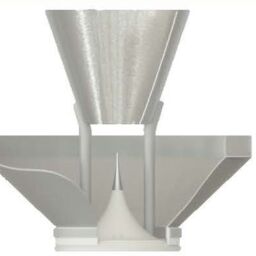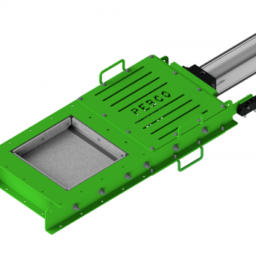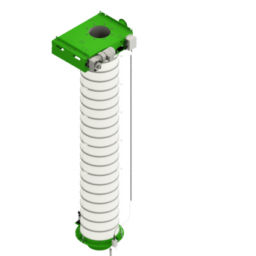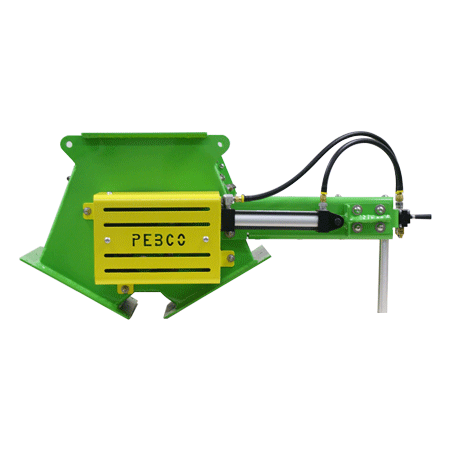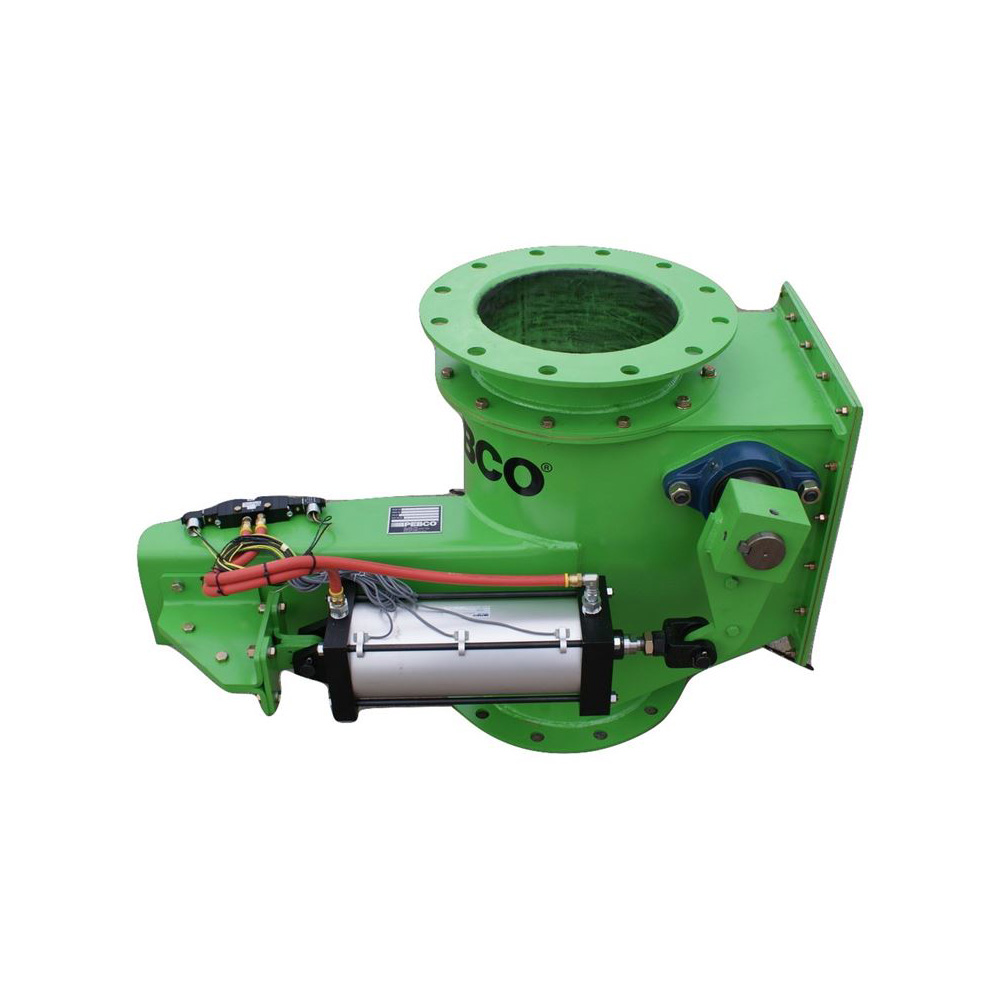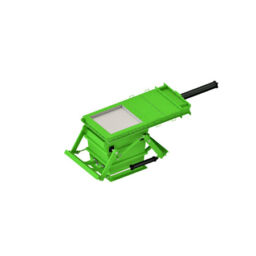TRC ADS™ Dry Fog BY PEBCO
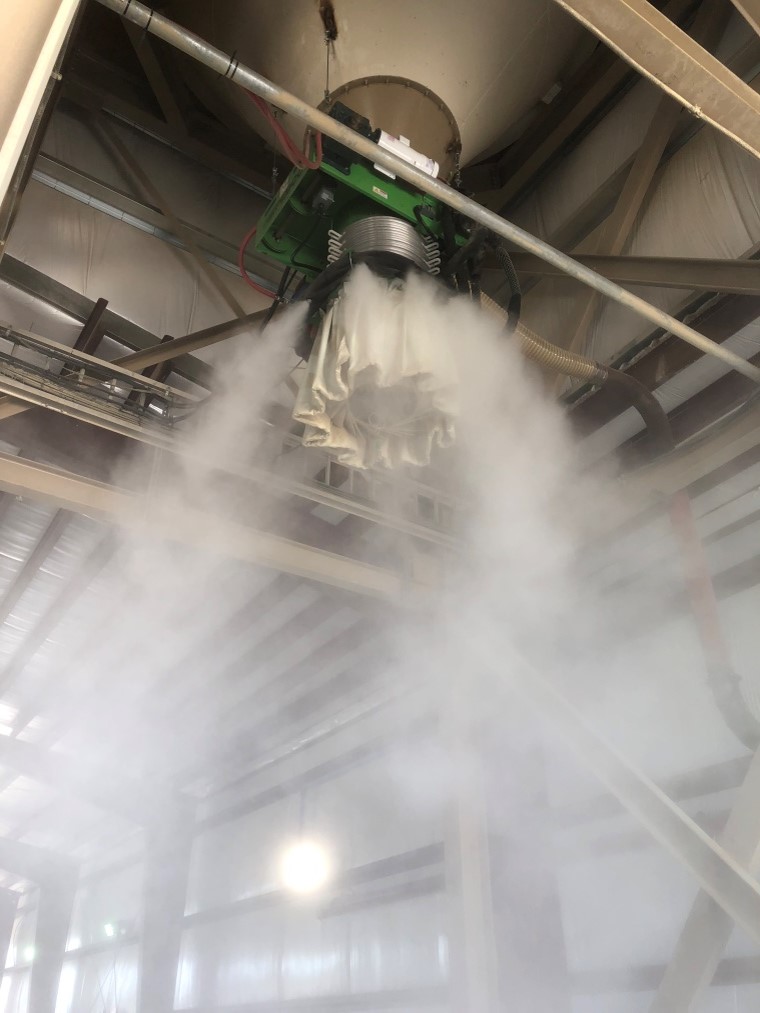
FOG SUPRESSION TECHNOLOGY
Unlike a baghouse, fog based dust control does not extract the dust from the process, but instead returns it to the base material. The process eliminates the dust generation point normally associated with returning the dust to the conveyor.
Primary function is to stop dust from escaping from the feeders and conveyor enclosure to keep the environment compliant.
Used at
- Truck dumps
- Barge unloaders
- Transfer points
- Crushers
- Feeders
OVERVIEW
Why choose fog supression?
ADS™ dry fog dust control systems are highly efficient, patented, fine particulate scrubbers that use very little water, no chemicals, and do not increase the overall moisture content of the product by more than a few hundredths of a percent.
The ADS™ dry fog dust control system is based on the principles of agglomeration of particles of like size and works in much the same way as nature.
Fog provides the required performance for indoor operation and avoids long duct runs and high power costs.
APPLICATIONS
In 2017, PEBCO® Inc. and The Raring Corp formed a strategic partnership granting PEBCO® exclusive distribution rights to Raring’s selection of dust control solutions in the USA and for much of Canada. Raring’s line of dust suppression equipment naturally complements PEBCO®’s dust containment and collection equipment. This partnership of technologies enables PEBCO® to provide our customers with the best possible solution to any dust emission issues they may face.
PEBCO® Dry Fog systems use acoustic nozzles to create a cloud of extremely small droplets that are in the same size range as the airborne dust. Key to the reliable delivery of fog into the system is the design of our FP series acoustic nozzles. These devices use compressed air to create high frequency sound waves that shatter water into the fog sized droplets. These water droplets agglomerate with the dust particles, make them heavier, and settle back to their source.


